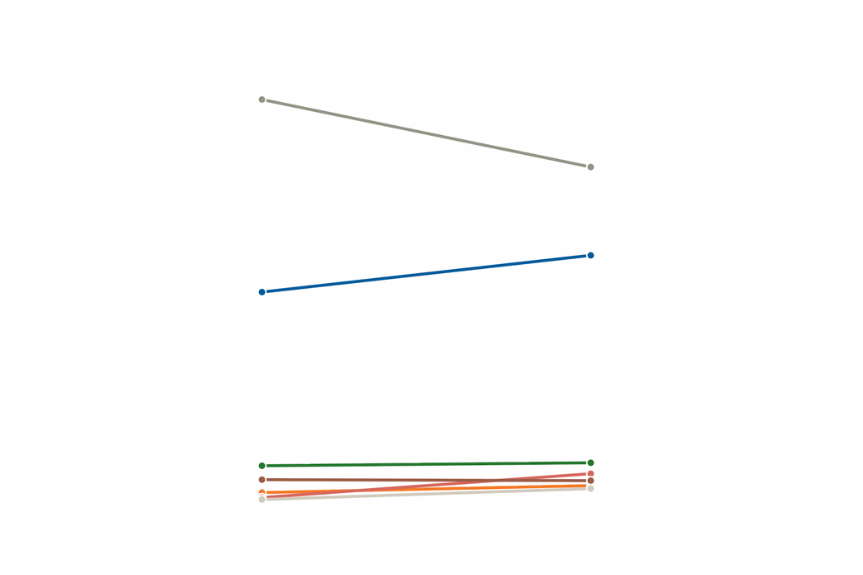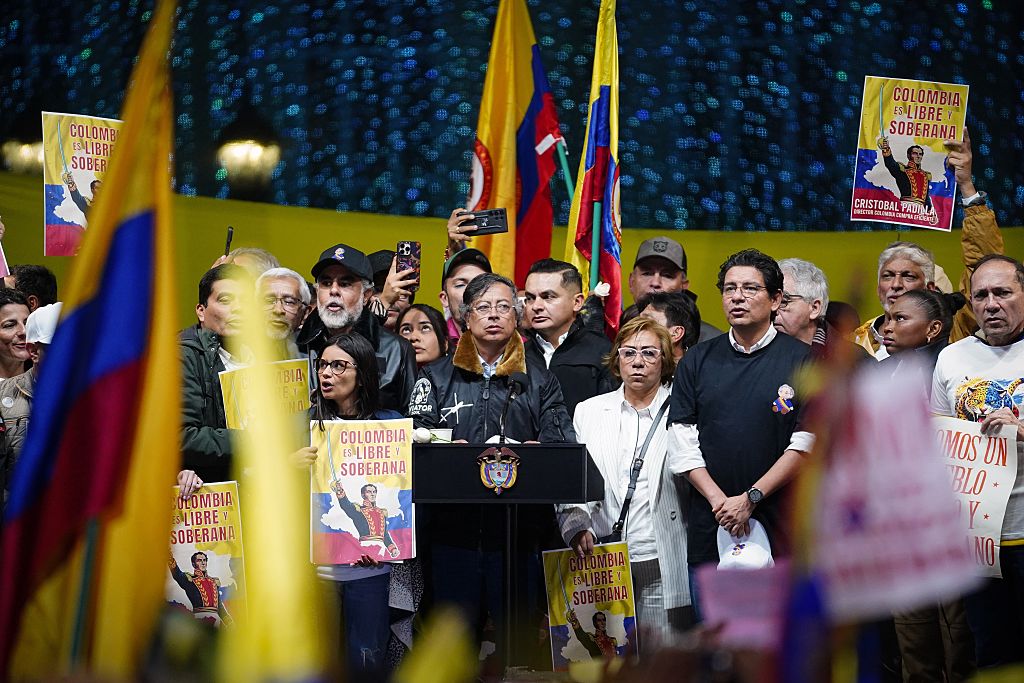Peruvian PM Resigns, Sparking Cabinet Shake-up
Peruvian PM Resigns, Sparking Cabinet Shake-up
Following the resignation of Prime Minister Salomón Lerner, President Ollanta Humala announced a broader cabinet reshuffle. The move is seen as an attempt to shore up his administration following protests over mining projects.
Following seemingly intractable protests over the environmental costs of a huge new mining development in Peru’s north, Prime Minister Salomón Lerner unexpectedly resigned from President Ollanta Humala’s government on Saturday. This move led the entire cabinet to step down due to a law mandating new ministers under a new prime minister. Humala replaced 10 of 19 ministers, making the original cabinet the shortest-lived in recent Peruvian history, lasting less than five months. Lerner, a former businessman, was a key member of Humala’s election campaign and administration and he was seen as a proponent of centrist policies. Though Lerner did not specify the reason for his resignation, his departure comes after weeks of violent protests in Peru’s Cajamarca region, home to the largest mining investment in Peru’s history. Residents say the $4.8 billion mining project could cause environmental damage and contaminate the water supply, and protests have effectively shut down the region since November 24.
Last week, Humala declared a state of emergency in Cajamarca, limiting the right to assembly for 60 days. Humala sent Lerner to meet with the protestors in an attempt to bring a peaceful end to the demonstrations, but several rounds of negotiations were unsuccessful as protestors expressed betrayal by Humala’s administration, alleging the president was acting in favor of mining interests after promising to support rural workers during his campaign. On December 4, Lerner commented on the pressure he was under, a hint to his eventual resignation: “29 million people will lynch me if they see that there’s no authority in Peru.” In his resignation letter, Lerner described the government’s use of “dialogue and consensus to avoid confrontation.” He suggested the administration needs to change its approach for a new period of governance.
In Lerner’s stead, Humala appointed Óscar Valdés, a former army colonel who trained Humala during his military days and who was minister of the interior up until the shake-up. Valdés was responsible for urging Humala to declare the state of emergency last week, and will likely take a more hard-line approach against the protests than Lerner. Former President Alejandro Toledo criticized the appointment, saying: "We don't support the militarization of the government of Humala, which was democratically elected.” Others see the appointment as a way to reassure the business community of Humala’s commitment to foreign investment. Meanwhile, mining protestors are discouraged with the appointment. Cajamarca regional President Gregorio Santos told El Comercio that he has “no hope” for the new minister, who is more “accustomed to resolving problems with bullets” than dialogue. Valdés brushed off the accusations, denying militarization in the cabinet and vowing that the new ministers would “work more and talk less.” Humala actually reduced the number of ministers with an army background: in the 10 new seats, Humala replaced two military ministers with civilians.
Humala replaced several key ministers related to the Cajamarca protests. The mines and energy minister was replaced by Jorge Humberto Merino, an engineer with experience in foreign investment. Manuel Pulgar-Vidal Otalora, an environmental lawyer and professor, was named minister of the environment. Defense Minister and former military officer Daniel Mora was replaced with Luis Alberto Otárola, a lawyer and former economic vice minister under former President Toledo. The president also replaced Culture Minister Susana Baca, the first Afro-Peruvian minister in the country’s history and a famous singer, with Luis Peirano, a sociologist and former dean. Eight ministers kept their positions, including ones considered crucial to Humala’s economic plans, such as Finance Minister Miguel Castilla; Trade Minister José Luis Silva; Foreign Affairs Minister Rafael Roncagliolo; and Development and Social Inclusion Minister Carolina Trivelli.
Learn More:
- Read an AS/COA Online news analysis about the mining protests.
- Read a press release from President Humala’s administration about the cabinet reshuffling.
- See who’s who in the new cabinet, from Peru’s El Comercio.








